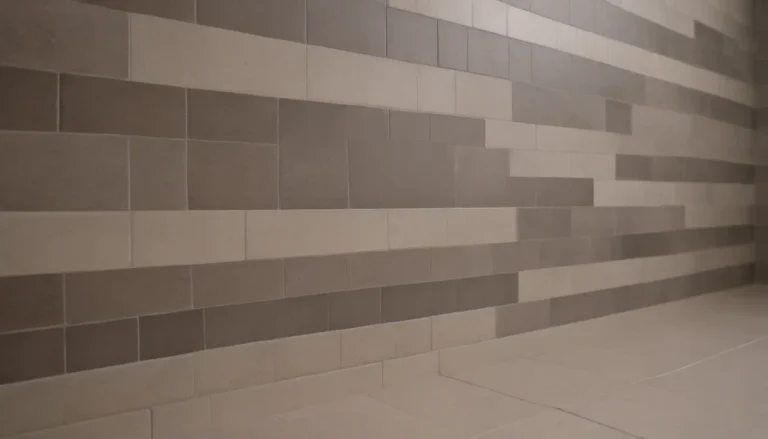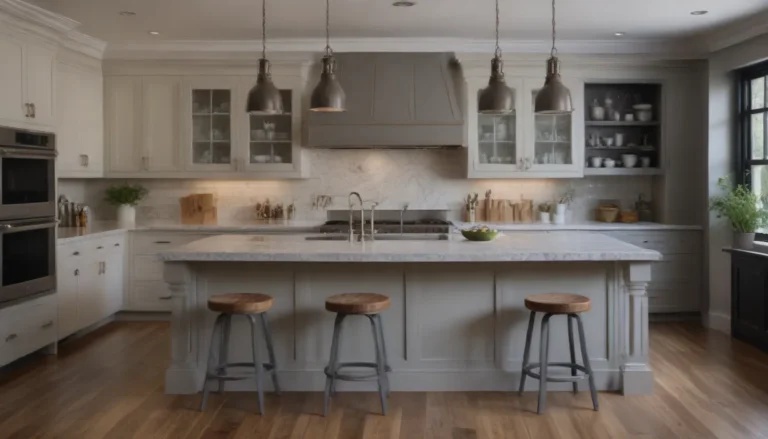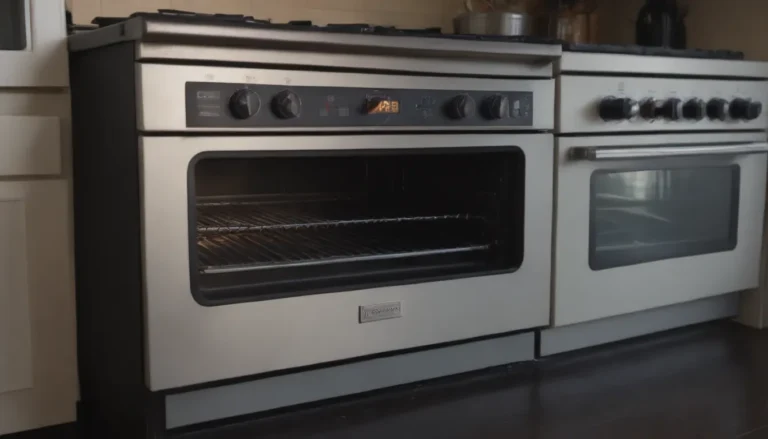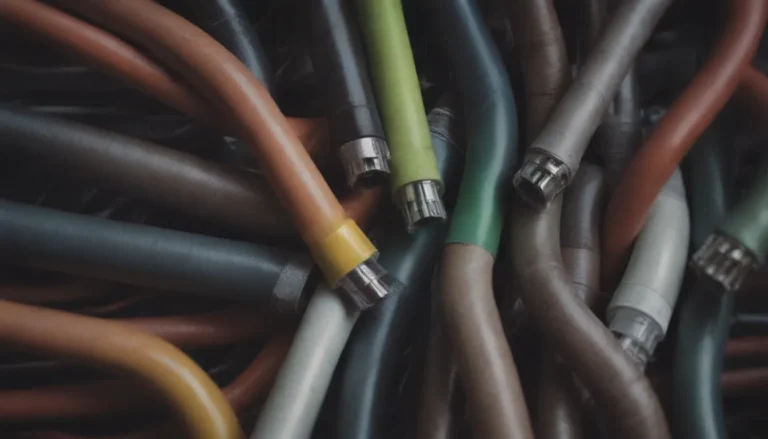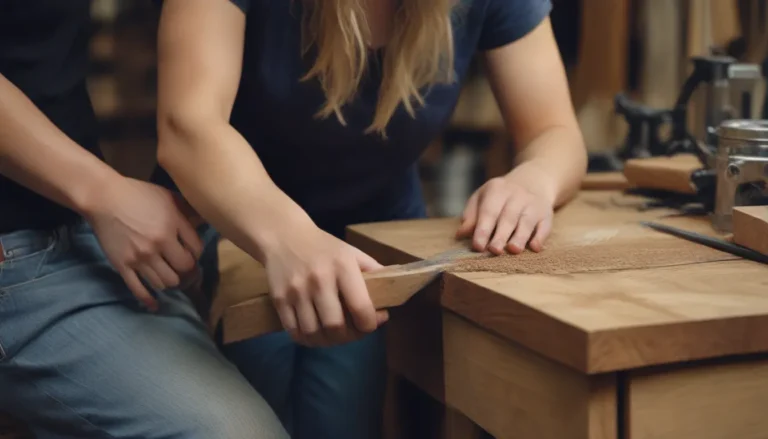Everything You Need to Know About Determining Spans and Spacing for Wall Shelves

If you’ve ever embarked on the exciting journey of installing wall shelves, you know there are critical considerations to keep in mind. Whether you’re a seasoned DIY enthusiast or a newbie looking to add a touch of organization and style to your living space, understanding how to determine spans and spacing for your wall shelves is essential. It’s not just about nailing them to the wall and hoping for the best – it’s about ensuring they are both functional and aesthetically pleasing.
So, let’s dive into the world of wall shelves and explore the nuances of span and spacing to help you achieve the perfect balance between form and function.
Importance of Determining Spans and Spacing
When it comes to wall shelves, two key factors come into play: span and spacing. Let’s break it down.
Span:
The span refers to the distance between the supports for the shelf. The greater the span, the more space you have between supports. This is crucial because you want to prevent your shelves from sagging under the weight of your beloved belongings. Different shelving materials have varying span limitations based on their strength. The stronger the material, the wider the span between supports.
Tip: Fasten your shelf supports directly to wall studs for the most secure attachment. Use a stud finder to locate studs in the wall. When you can’t attach supports to studs, make sure to use the proper wall anchors.
Spacing:
Vertical shelf spacing is all about deciding how far apart to place your shelves based on the items you intend to store. By determining the vertical spacing, you can ensure your shelves are tailored to accommodate everything from books to decorative knick-knacks.
Now that we’ve laid the groundwork, let’s delve deeper into the specifics of span limits for different shelving materials.
Span Limits for Different Shelving Materials
Understanding the span limits for various shelving materials is crucial for ensuring the structural integrity of your wall shelves. Here’s a breakdown of span limits based on the materials commonly used:
Plywood Shelves:
- Plywood for shelves should be 3/4 inch thick or thicker.
- Thinner sheets of plywood can be glued together to create a thicker panel for sturdier shelves.
1 x Lumber Shelves:
- Standard 1 x lumber boards are about 3/4 inch thick.
- Opt for select-grade lumber with fewer flaws for stronger shelves.
2 x Lumber Shelves:
- 2 x dimension lumber measures about 1 1/2 inches thick.
- Choose select-grade material for more robust and attractive shelves.
Particleboard Shelves:
- Single-layer particleboard shelves should be at least 5/8 inch thick.
- Like plywood, particleboard can be glued and screwed together for added strength.
Glass Shelves:
- The span for glass shelves depends on the type, thickness, and size of the glass.
- It’s best to calculate the weight rating rather than relying solely on span dimensions when installing glass shelves.
Evaluating the different span limits for these materials will help you choose the right shelf supports and spacing for your wall shelves.
Determining Recommended Shelf Height Spacing
When it comes to organizing your shelves, the height spacing between each shelf is just as important as the span. To help you determine the ideal clear shelf height for various items, consider the following guidelines:
- Paperback books:
- Hardback books:
- Large hardback/coffee table books/catalogs:
- Magazines:
- CDs:
- DVDs (movie cases):
By following these recommendations, you can create a functional and visually appealing arrangement for your wall shelves that caters to your storage needs.
In Conclusion
Installing wall shelves is not just about putting up some brackets and calling it a day. It’s a careful balance of understanding span limits, selecting the right materials, and spacing your shelves to accommodate your belongings. By paying attention to these critical factors, you can transform your walls into stylish and efficient storage solutions.
So, the next time you embark on a shelving project, remember to consider the span and spacing for your wall shelves. Happy shelving!
